The economic wreckage left behind by our “shelter-in-place” strategy is just now starting to be revealed as the coronavirus crisis recedes. An official U.S. recession is certain when 2nd Quarter GDP numbers release in July. This recession reaches across the globe and is likely to be greater than anything we have experienced in our lifetime. But you can remain on the road to financial freedom – right now.
Businesses are reeling, entire industries are on the ropes, unemployment is skyrocketing, business and personal bankruptcies loom.
How does one build Financial Freedom in the midst of the wreckage?
In times like these, even greater opportunities exist. It requires discipline and training of our minds, keen focus and priority on building passive income, cashflow and flexibility. It requires willingness to try new approaches. Our minds are extremely important tools in building Financial Freedom – vision, focus, flexibility and action are essential. Focus now on building your Financial Freedom – avoid fear, uncertainty and anxiety and replace it with focus and mindful action.
Business as usual is no longer the ticket to prosperity. Wealth transfers occur during times like these and fortunes are made during economic downturns. If Financial Freedom is your goal, how does one pursue that as we enter this deepening economic crisis?
Cash itself is an important asset to exercise opportunities in downturn. Assets are on sale as people need to / want to achieve cash liquidity during downturn.
Turning cash or real estate into cash-flowing assets is an important cornerstone of achieving Financial Freedom. Think money making money – not you working for money.
What can you do to access cash?
- Evaluate your portfolio and sell assets before they decline in value
- Use creative seller financing to achieve maximum value, raise cash and create cashflow.
- Borrow at low rates to invest in cash-flowing assets at the right price (and higher return rate)
- Cut expenses/costs
Real Estate markets are already softening, and a significant downward cycle in values has begun, which will be further fueled by growing unemployment and bankruptcies.
How will you adapt to these downward cycles?
Sale of lower performing assets or assets with too much equity should be considered in preparation for higher performing opportunities coming. The equity portion of your properties which contributes to your net worth is exposed to a decline in values during downturn. Rents are likely to decline in severe downturn.
You may be able to sell outright before markets decline too much and lending dries up.
Seller Financing is a great alternative strategy for raising cash AND creating cashflow AND protecting against declining market values. Seller Financing, also known as Owner Financing, is when you sell property that you own and take part of the purchase price as a private loan to the buyer that is secured by the property.
You realize cash from the down payment received and lower your capital at risk from declining values. You will normally achieve a higher sales price. You do this by widening the market for your properties to include those who don’t qualify at the bank for a loan to buy your property when you offer Seller Financing. You offer easier qualifying and terms to buy your property, which allows you to sell at top dollar.
Let’s say you own a rental property that was worth $100,000 free and clear at beginning of this year and is now declining. You rent it for $1200/month, expenses run $400 / month for taxes, insurance, repairs, property management. Assuming zero vacancy or rent collection issues, the property yields $9,600 a year of profit before depreciation and the annual return is 9.6%.
If you sell it with Seller Financing to your tenant (or another buyer) who does not qualify for a bank loan, you can sell at full market value — $100,000 with $10,000 down and a payment of $963.27 a month plus $250 a month escrowed for taxes and insurance, with a $90,000 seller finance loan at 10% interest, and 180 month amortization.
You receive $10,000 now from the buyer – they now are at risk for the first $10,000 of decline in value of the property. Your risk on the value of the property also goes down over time with every payment they make as the loan balance declines. You also receive 10% return on the remaining loan balance you still have at risk. Your borrower makes all repairs, pays the insurance and taxes – and you have no property manager or tenant headaches or vacancies. You receive above market value of $100,000 plus a nice return of interest.
More importantly, it’s easier to sell your property at premium pricing – you have a larger pool of buyers and less competition – buyers that do not qualify for a bank loan will pay top dollar – and your buyer pays roughly the same as renting the property. And they now enjoy tax write-offs at tax time.
Seller Financing even works when you bought the property with a loan which has a balance you are still paying. When your loan allows, you can create a “wrap” loan, where the loan you are giving has the same or longer term length, greater interest and larger payments and part of the payment goes to the underlying loan you still owe.
There is an active market for selling the loan you gave, so you can access cash quickly if needed.
©2020 Nationwide Publishing Trust – All rights reserved.
Gene Powers is President and Founder of Nationwide Secured Capital, a brokerage and investment company that purchases private loans secured by real estate for its own portfolios and numerous private investors and funds.


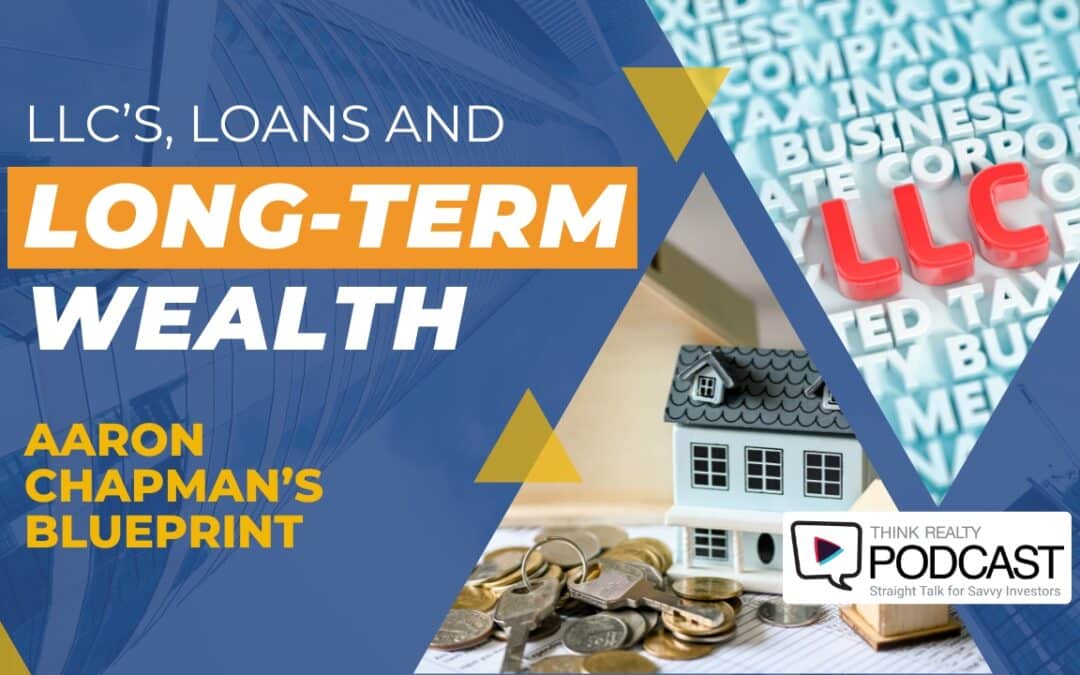





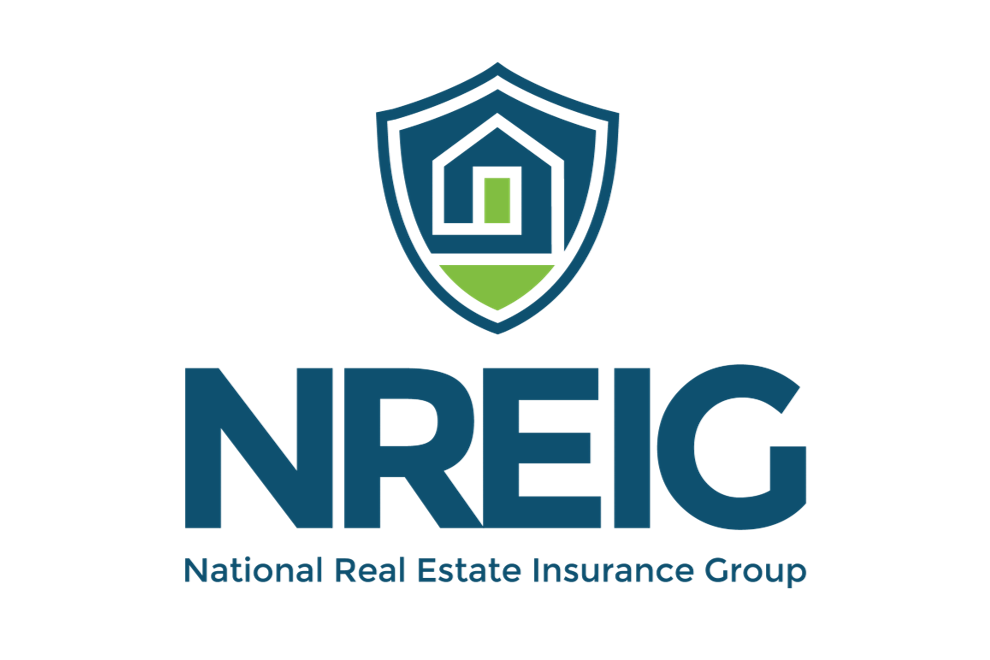
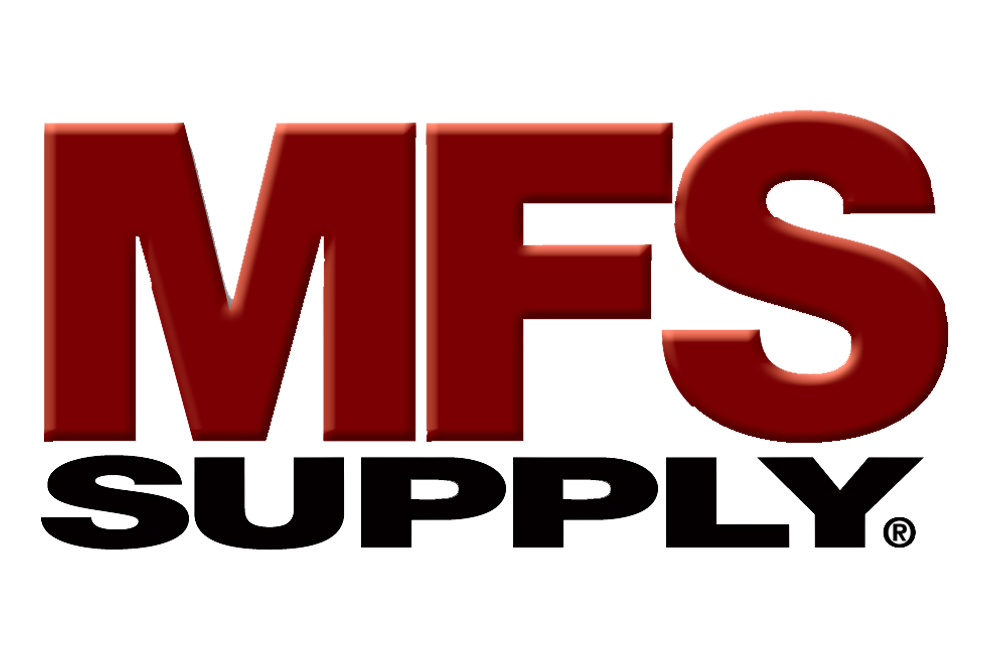

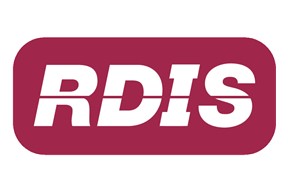
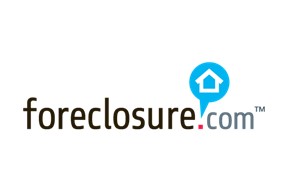
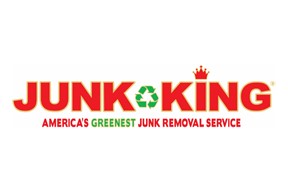
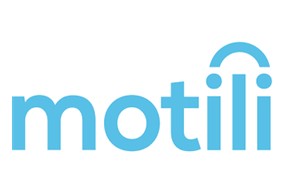
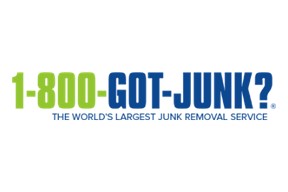

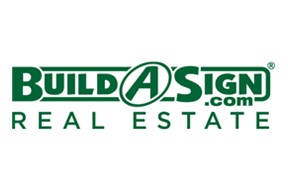

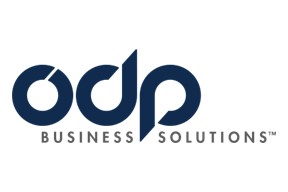
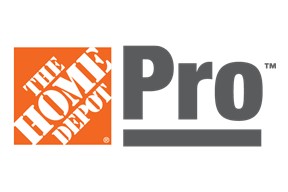

0 Comments